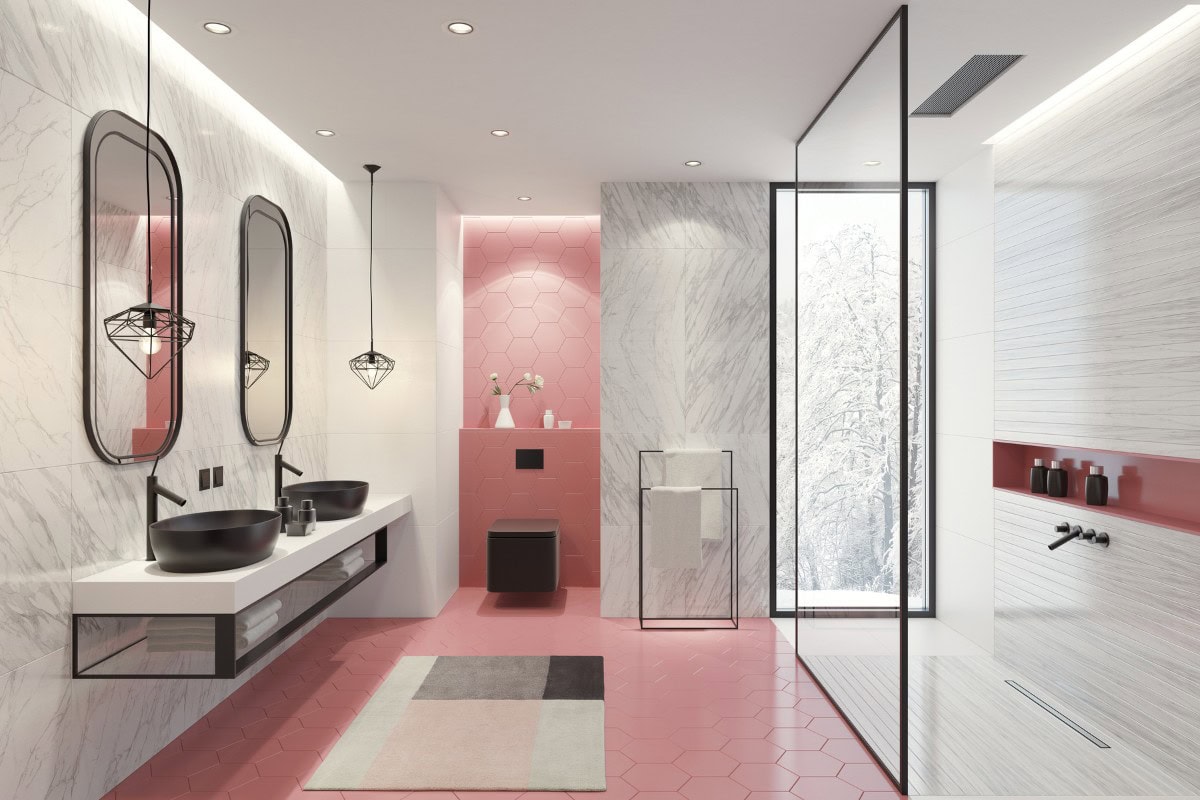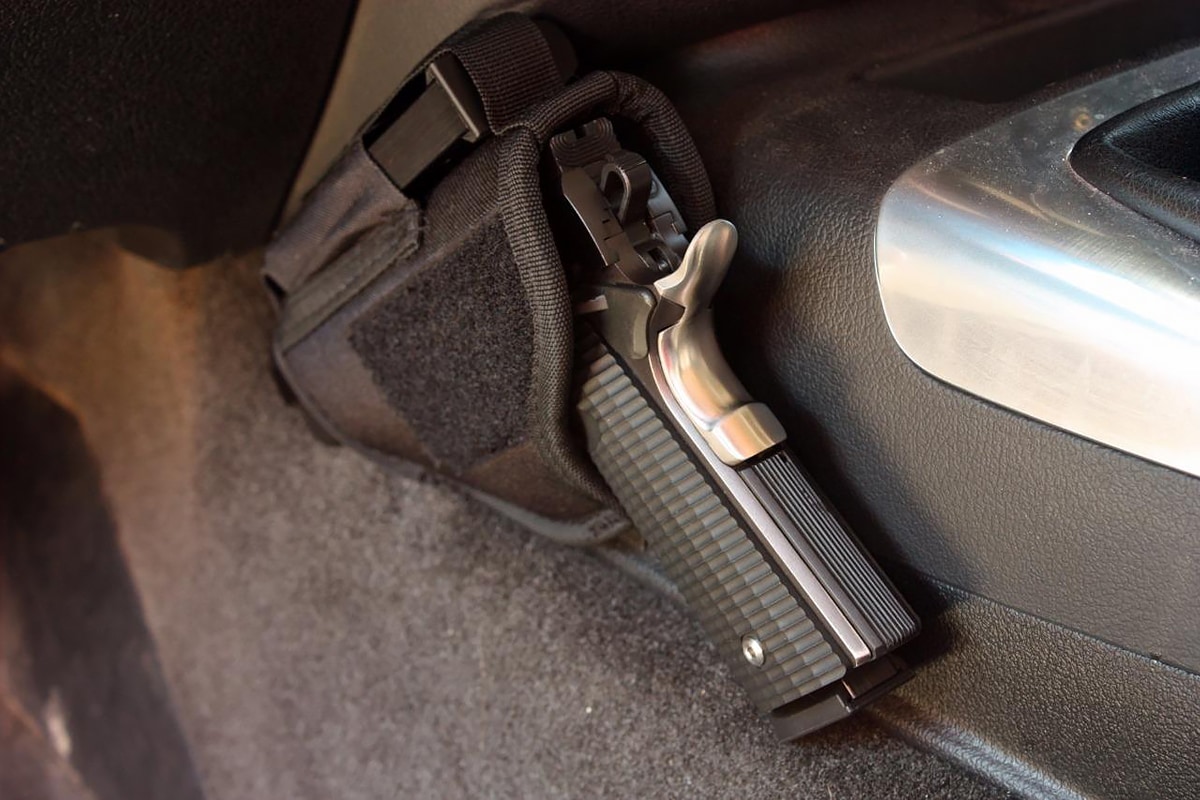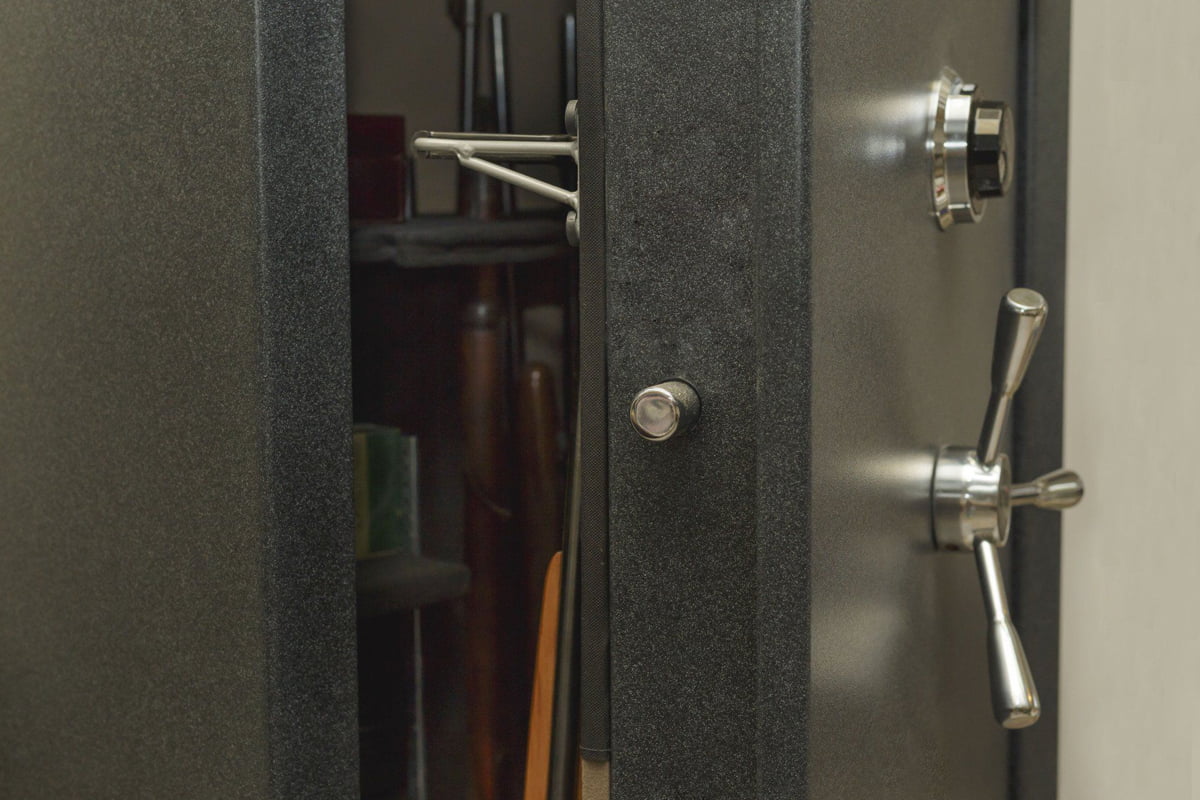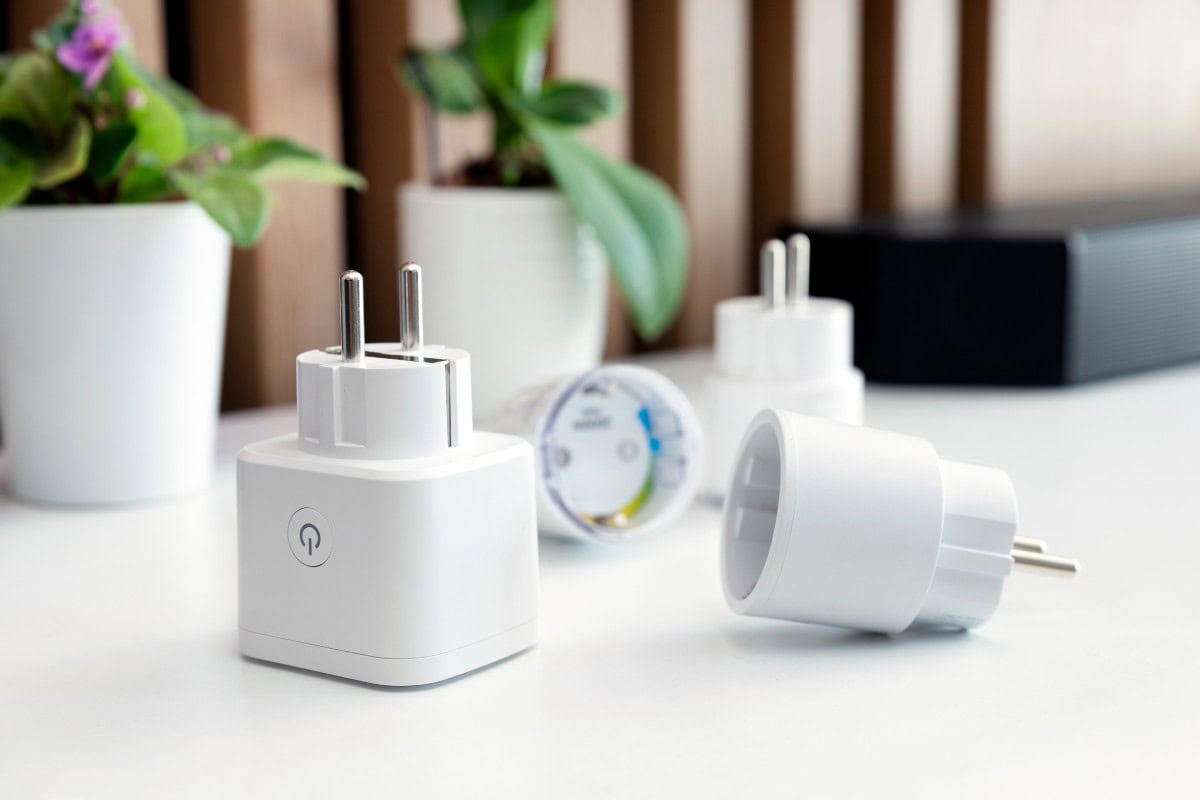Bathroom lighting design is sometimes sadly overlooked. If you are living in a house with outdated decor, or even if you purchased a home brand-new, chances are your bathroom lighting consists of overhead fixtures and vanity lighting. Unfortunately, this is about as bare-bones a solution as you can get, and living with a poorly lit bathroom will very quickly demonstrate why it is important to update.
However, as you know, not every bathroom will face the same lighting challenges. That is why this guide is designed to offer good universal advice, as opposed to specific “rules” about bathroom lighting. A spacious his-and-hers master bathroom in a 5000 ft² home will have very different requirements from a basement powder room, a hall bathroom with a skylight, or the main bathroom in a mid-century rancher.
So, looking at this guide is a good chance to familiarize yourself with some of the options available to you, as well as some of the terminology you will need to understand before embarking on your own redesign project. Whether you are including the help of professionals or making this a DIY project, the information offered here will be valuable to you as you enter the planning stages for your brand-new, perfectly lit bathroom.
Let’s get started.
Understanding the Many Functions of Bathroom Lighting
It’s funny – while people seem to inherently understand the need for different types of lighting in kitchens or family rooms, they sometimes laugh at the idea of multipurpose lighting in the bathroom. Perhaps this is because everyone assumes that a bathroom is there to meet certain personal needs, and lighting is the last thing that needs to come into play.
However, have you ever stumbled into a dark bathroom in the middle of the night only to flick a switch and be blinded by the daylight-bright vanity lighting? Or what about a shower wherein an overly dark curtain blotted out nearly all available light, making it impossible to tell which bottle was shampoo and which one was conditioner? Ever tried to shave or apply makeup in lighting that cast huge shadows on your face?
It usually isn’t until you encounter a significant problem with bathroom lighting that you begin to realize how important lighting design really is in this most necessary of rooms.
In general, the lighting needs of the bathroom match the lighting needs of pretty much every other room in your house. There should be ambient light that adequately illuminates the entire space and task lighting around the vanity and any available counter space. The other two types of lighting, accent lighting, and decorative lighting may not be as common in bathrooms, but they still certainly have their place depending on your design layout. And remember that something as simple as a nightlight could be considered “decorative lighting.”
Light Temperature in Bathroom Design
Light temperature is especially important when considering your lighting plan in the bathroom, and it is encouraged that you play around a bit with light temperatures to see which one works the best for you.
Generally speaking, the light temperatures that people find the most pleasing for indoor lighting fall somewhere between 2700 K and 3500 K. Light in this temperature range is described as “soft white” and most closely matches the old-style incandescent bulbs that most of us grew up within our homes.
If you want to play it safe and keep the light temperature in your bathroom in step with the light temperature elsewhere in your home, you will want to stay somewhere in this range, especially for ambient lighting.
However, it’s also important to note that “soft white” light is really better defined as a yellow light. Since one of the main functions of the bathroom is makeup application, grooming, and shaving, lighting those activities in shades of yellow is not ideal. For that, you may want to get closer to natural daylight, which is closer to 5000 K. Light in this temperature range is often described as “bright white” and has a much better CRI or color rendering index.
CRI has become very important in bathroom vanities. Broad daylight has a CRI of 100, so for a bathroom vanity, your best bet is to look for light that offers a CRI of 90 or above to get you as close to natural daylight as possible. This will prevent that unpleasant moment where you catch a glimpse of yourself in your car mirror and realize that your makeup or shaving wasn’t as perfect as you thought.
Light Layers in the Bathroom
There are three layers of lighting that should be considered for every room, including the bathroom.
Ambient
Ambient lighting is typically provided by overhead fixtures or lamps. The purpose of ambient light is to illuminate the entire space for visibility and safety. Think of this as the base layer of light on which to build the rest of your lighting design. Ideally, the ambient light in the room should not leave any dark corners or shadowy areas.
Task Lighting
This lighting is brighter than ambient lighting and is meant to provide additional light for certain tasks. In the bathroom, task lighting is usually situated around the vanity mirror and sometimes above the bathroom counter.
Accent Lighting
Don’t overlook accent lighting in the bathroom. Accent lighting is the brightest of the three standard layers and is meant to illuminate certain decorative features in the bathroom. Perhaps a recessed light angled to highlight a beautiful tile design in the shower or a spotlight shining down on an artistic sink basin. You’ve already gone to the trouble of remodeling your bathroom. Why not highlight your work?
Decorative Lighting
This type of lighting is there for the sake of its own beauty. This might take the form of colorful lighting around the base of the bathtub, a particularly artistic class housing, or creative use of colorful LED strip lighting behind mirrors or other bathroom features.
While not every bathroom will have the space, need, or budget for all four types of lighting, it is always recommended that, at the very least, ambient lighting and task lighting be installed to provide adequate illumination.
Common Light Fixtures Found in Bathrooms
Each bathroom is different, but here is a list of some of the most common types of lighting fixtures you will encounter.
Windows and Skylights
During the day, windows and skylights can help bring in a helpful amount of natural daylight. Considering the fact that a vanity mirror is usually a large part of bathroom decor, it can be put to clever use to help bounce available daylight around the room as well.
Ceiling Mount Fixtures
These fixtures are great for ambient light, as their high vantage point allows them to provide good downlighting for most, if not all, of the bathroom. These may include flush mount fixtures, pendant lights, chandeliers, etc.
Sconces
Sconces are wall-mounted fixtures that can provide uplighting, downlighting, or both. They can be put to good use as either an ambient light source, or as task lighting. The fixtures themselves are often quite decorative and can add to the beauty of an existing theme.
Lighted Mirrors
Lighted mirrors are a great use of space and technology. This is when the outer rim of the mirror itself has lights integrated into it. While some older style fixtures will incorporate incandescent lights, more modern lighted mirrors make great use of LED technology. LED lights are able to reach that high light temperature and high CRI, which is especially helpful for grooming and makeup application.
Vanity Lights
Unlike a lighted mirror, vanity lights are bright task lighting situated around the bathroom vanity. They are meant to be bright and illuminate the subject so that the reflection can appear clearly, without shadows, and true to color.
Bar Lights
Bar lights are great solutions for adding light to corners or other small spaces. These thin lights can be mounted directly to a wall, under cabinets, or anywhere else where more conventional lighting fixtures would be harder to attach.
Recessed Lights
Recessed lighting is ceiling lights where the fixture itself is hidden, making it appear as though light is emanating from an opening in the ceiling. Another great option for ambient light.
Creative and Updated Lighting Fixture Solutions for Bathrooms
Now that LED technology has come way down in price and way up in availability, there are some truly creative ideas out there for how to incorporate this type of lighting into your bathroom design.
LED Strip Lights
LED strip lights are exactly what they sound like. Picture a flexible roll of adhesive tape dotted with individual LEDs along the length. The light strips are peel-and-stick and can be safely cut at certain points. This is one of the most versatile and DIY-friendly light technologies available because the possibilities are only limited by your imagination.
Some really clever uses of LED strip lighting include:
- Lighted towel bars
- Lighted toilet paper dispensers
- Lighted kick panels (the recessed lower edge of cabinets along the floor)
- Lights running along the perimeter of the ceiling
- Light strips running down the corners of walls
- Under shelf lighting
- Under cabinet lighting
- Lighted shower doors or shower curtains
The list goes on. Remember, many LEDs are available in color-changing, light-sensing, and dimmable varieties, and LEDs can very easily be hooked up to any smart home technology you wish to incorporate.
LED Plumbing Fixtures
To demonstrate just how versatile LED technology can be, some companies offer LED lighting integrated into plumbing fixtures such as showerheads, faucets, and yes, even toilets. So now, if you want to stand under a soothing shower of blue light or an energizing shower of orange light, you can do so with the press of a button.
Lighting Small Bathrooms
Small spaces present a unique challenge when it comes to lighting but by no means an impossible one. There are two main concepts to keep in mind when lighting a small bathroom: dark is bad, and get creative.
Ideally, bathrooms should seem bright and open, yes, even if they are short on square footage. One of the best ways to trick the eye into believing there is more space is to stick with light or neutral colors and brighten up the environment.
But, before you go poking holes in your walls and ceilings, remember that too many protruding light fixtures can begin to encroach on an already small space. This creates the opposite effect, making the room feel more claustrophobic and cluttered.
So, here are a few lighting hacks to keep in mind for small bathrooms:
- Lighted mirrors or medicine cabinets stay flush with the wall and do not protrude outward.
- LED tape can be placed almost anywhere and can add lots of light to the room without relying on visible lighting fixtures.
- Flush mount ceiling lights provide more open space. Overly bulky lighting fixtures or lights that hang down can create visual clutter.
Mistakes to Avoid
As with any renovation project, there are some “don’ts” to keep in mind. Avoid the following mistakes to ensure the best possible outcome from your redesign project.
Make Sure All of Your Bathroom Lighting Is Appropriately Water-safe.
Certain fixtures that will be directly in contact with water or steam must be rated as water-safe. And as always, make sure that any outlets you plan to have in the bathroom are GFCI.
Balance Your Desire for Natural Light With Appropriate Privacy
A big clear window provides plenty of natural light into a room but is not exactly appropriate for a bathroom. If your window will be frosted or curtained off in some way, remember to account for the lost daylight in your lighting plan. Skylights make a good compromise between privacy and natural light.
Carefully Consider Lamp Use and Placement
There’s no rule saying that you cannot use floor lamps or table lamps in a bathroom (yet), but it is important to remember that lamps can and do tip over. Additionally, water features like sinks, toilets, and bathtubs can turn a toppling lamp from an inconvenience into a danger. Keep lamps well away from water sources, and make sure they are on firm footing.
Avoid Clutter
A large ceiling fixture, a few pendant lights, outstretched vanity sconces, it all adds up pretty quickly. Remember that bathrooms do tend to hold a lot of “stuff.” Toothbrushes, shaving supplies, hairdryers, extra toilet paper rolls, etc. Don’t add to the clutter by putting too many obtrusive light fixtures into your plan. A classic solution? A flush mount overhead light and two wall sconces on either side of the vanity.
Use Appropriate Switches and Dimmers
If you have gone through the trouble of installing several different types of lighting in your bathroom, don’t make the mistake of controlling them all with a single switch. Give yourself options. Ambient lighting should be controlled by one switch, task lighting by another, and accent lighting by yet another. Where appropriate, install dimmer switches.
This introductory guide is meant to help you sort through the flood of information out there about lighting design. Hopefully you’ve narrowed down the choices which would be most appropriate for your bathroom project. Don’t be afraid to let your creativity shine through, especially now that there are so many affordable LED options available on a consumer level. Just remember that the old standbys also have their place in your design as well.
Now, get to it!









